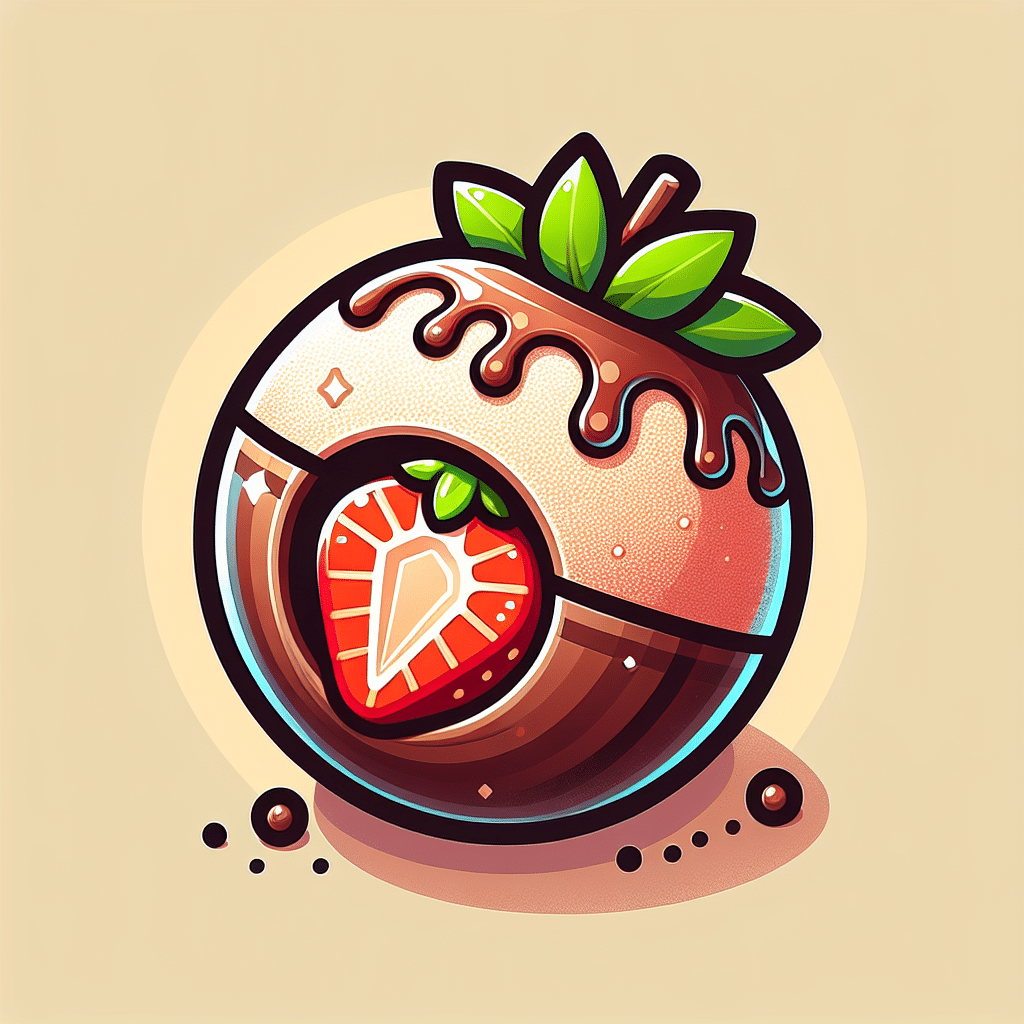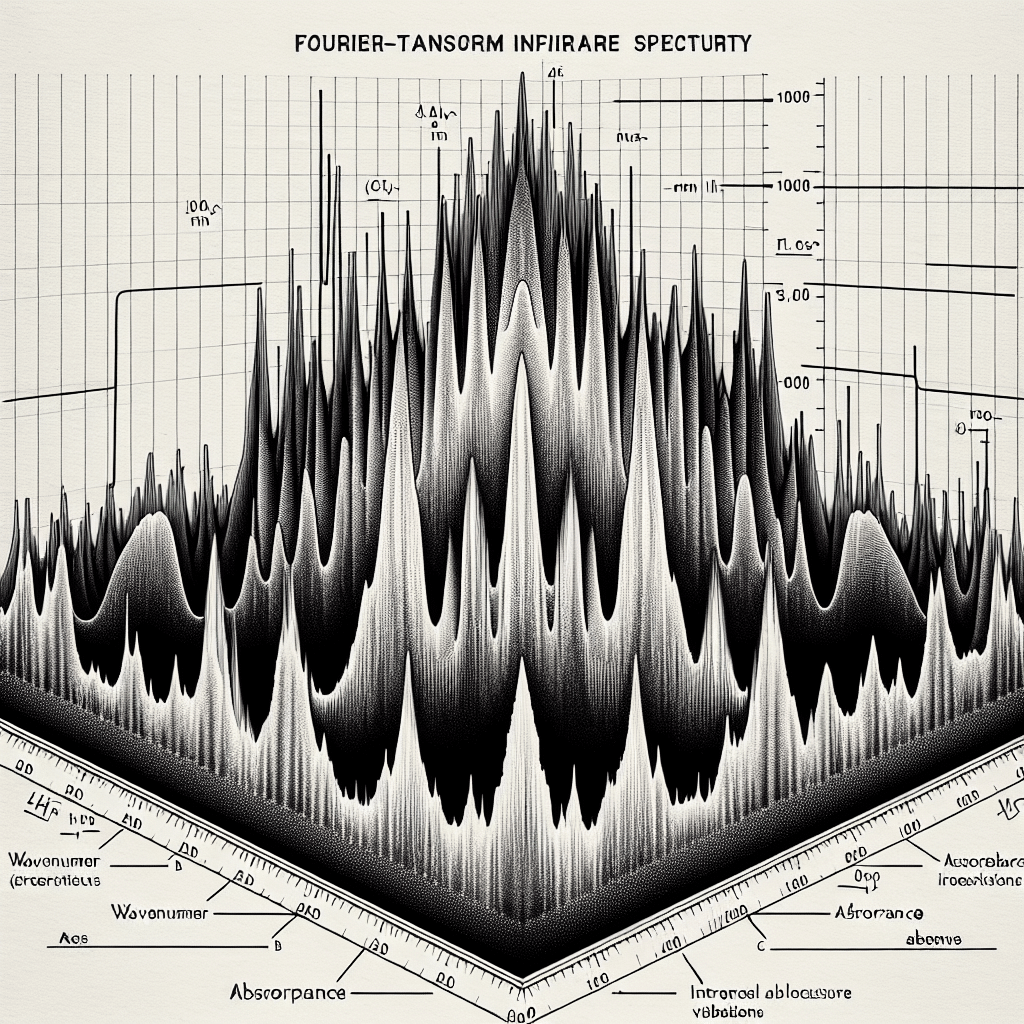Introduction
A bon bon is a small, confectionery sweet, often with a chocolate coating, that can contain a variety of fillings. Originating from France, the term “bon bon” translates to “good good,” reflecting its delightful taste. Traditionally, bon bons are crafted using a combination of chocolate, cream, nuts, fruits, or liqueurs. They can vary significantly in flavor and appearance, often decorated in various ways to enhance their visual appeal. These treats can be enjoyed on their own or given as gifts, making them a versatile addition to the world of confections.
Understanding Bon Bons
Delving deeper into what constitutes a bon bon, it’s important to understand that they come in many forms and recipes, resulting in flavor profiles that can cater to diverse palates. In essence, bon bons represent the art of confectionery, combining texture, taste, and aesthetics in a single bite-sized treat.
Historical Context
The concept of bon bons dates back to the 17th century in France, where they were initially defined as sugar-coated candies. Over time, the term evolved, and bon bons transitioned to include chocolate-covered confections. The craft of creating bon bons gained popularity in high society, often served at lavish gatherings and celebrations.
Ingredients of Bon Bons
Bon bons have a primary component of chocolate, which can be dark, milk, or white chocolate, selected based on the desired flavor profile. Common fillers include:
- Ganache: A smooth mix of chocolate and cream, ganache adds richness and a creamy texture.
- Nuts: Chopped or whole nuts provide crunch and flavor contrast.
- Fruit Purees: Offering tartness or sweetness, depending on the fruit used.
- Liqueurs: Infusing flavors of popular spirits like Grand Marnier or Baileys for an adult twist.
Types of Bon Bons
Bon bons can be categorized broadly into several types, each with unique characteristics:
- Chocolate Bon Bons: These are filled with various types of ganache or flavored creams and coated in chocolate.
- Fruit Bon Bons: Made with fruit purees, these can provide a refreshing and tangy flavor profile.
- Nut Bon Bons: Incorporating different nuts to provide texture and flavor, these are often made with nut butter or whole nuts.
- Liqueur Bon Bons: These are designed for adults, infusing various spirits for added depth of flavor.
Making Bon Bons at Home
Creating bon bons at home can be an enjoyable and rewarding activity. The basic steps include:
- Choose your chocolate base and melt it in a double boiler.
- Prepare your filling, using either ganache, fruit puree, or nut mixture.
- Form the filling into small balls and chill them until firm.
- Dip the chilled filling in the melted chocolate until fully coated.
- Set on parchment paper and allow to cool until the chocolate hardens.
Bon Bons in Popular Culture
Bon bons have become synonymous with luxury and indulgence in popular culture, often associated with special occasions or high-end confections. They frequently appear in gift boxes during holidays and celebrations, symbolizing love and appreciation.
Nutritional Aspects of Bon Bons
While bon bons are a treat, they do carry certain nutritional aspects worth considering. A single bon bon can range from 50 to 100 calories, depending on its size and ingredients. They often contain sugars, fats, and, in some cases, beneficial nutrients from nuts or fruits. Moderation is crucial to enjoy these delights while maintaining a balanced diet.
Notable Brands and Artisans
Several brands and chocolatiers specialize in crafting premium bon bons. Notable names include:
- Jacques Torres Chocolate: Known for innovative flavors and artisanal quality.
- Teuscher: Renowned for its champagne-filled bon bons, which have won numerous awards.
- Pierre Marcolini: A Belgian chocolatier celebrated for exquisite bon bon craftsmanship.
Bon Bons and Gifting
Bon bons make for an exceptional gift due to their elegant packaging and delightful flavors. They can be personalized with custom flavors or decorated to match themes, making them ideal for weddings, birthdays, or holidays. They are often presented in luxurious boxes, enhancing their appeal as a specialty gift.
FAQs About Bon Bons
What is the origin of the term “bon bon”?
The term “bon bon” originates from the French language, meaning “good good,” and it refers to the pleasurable nature of these sweet confections.
How are bon bons different from truffles?
While both bon bons and truffles are chocolate confections, bon bons typically feature a variety of fillings and are often coated in chocolate, whereas truffles are usually made with ganache that can be rolled in cocoa powder, nuts, or other coatings.
Can bon bons be made in advance?
Yes, bon bons can be made in advance and stored in a cool place or refrigerator for up to a few weeks, making them convenient for pre-planning events or parties.
Are bon bons gluten-free?
Many bon bons are gluten-free, especially if made with chocolate and various fillings that do not contain gluten-containing ingredients. However, it’s essential to check specific product ingredients to confirm.
Where can I buy high-quality bon bons?
High-quality bon bons can be purchased from specialty chocolate shops, gourmet food stores, or online retailers specializing in artisanal chocolates.


